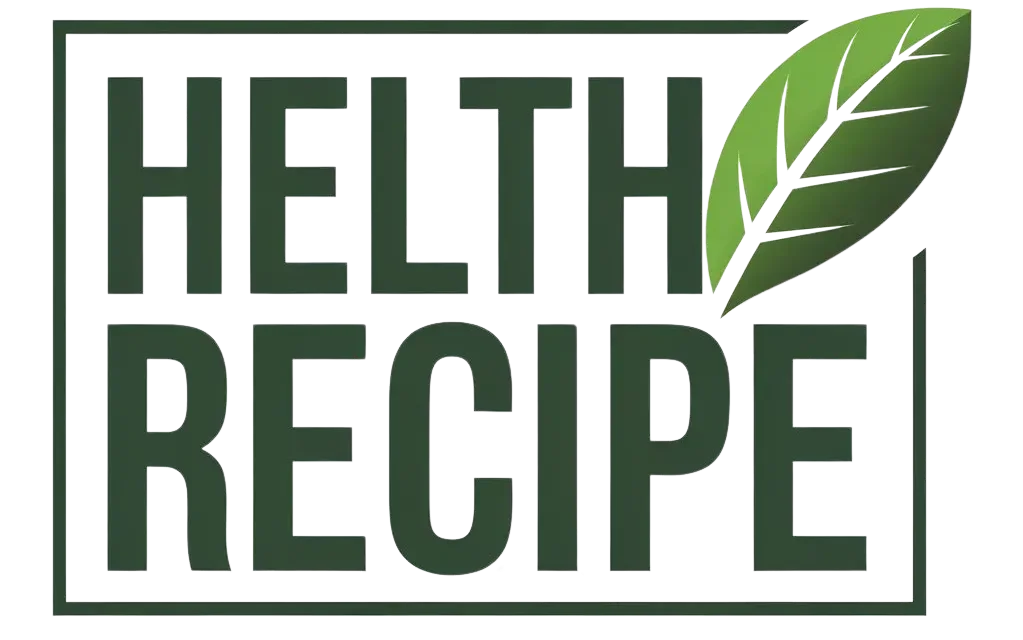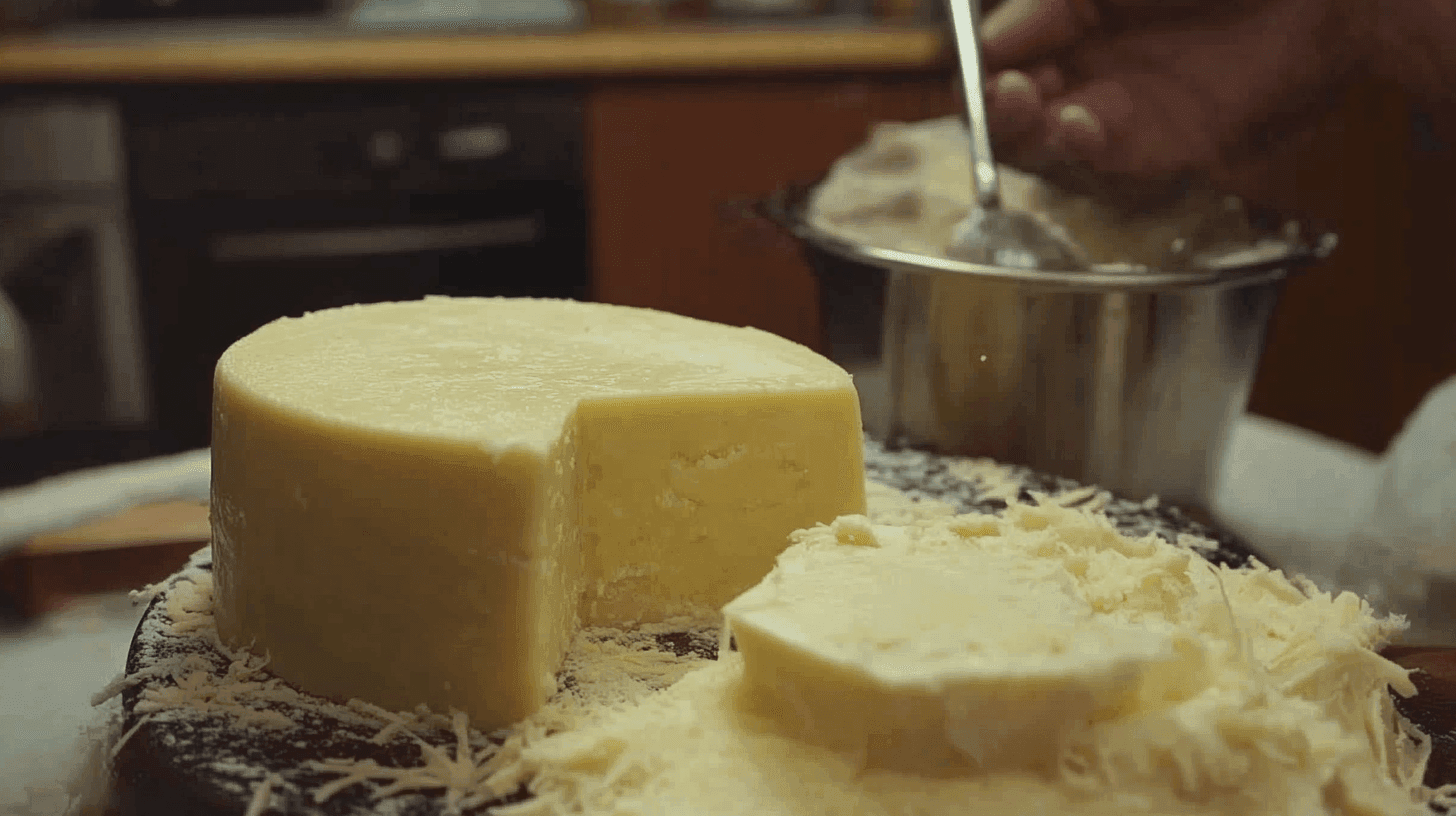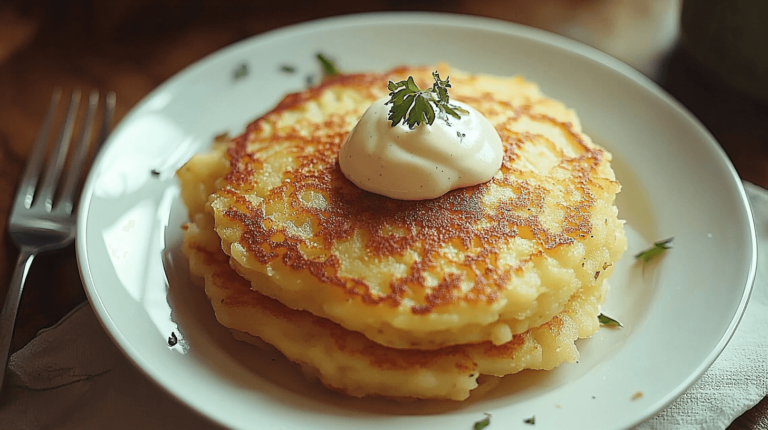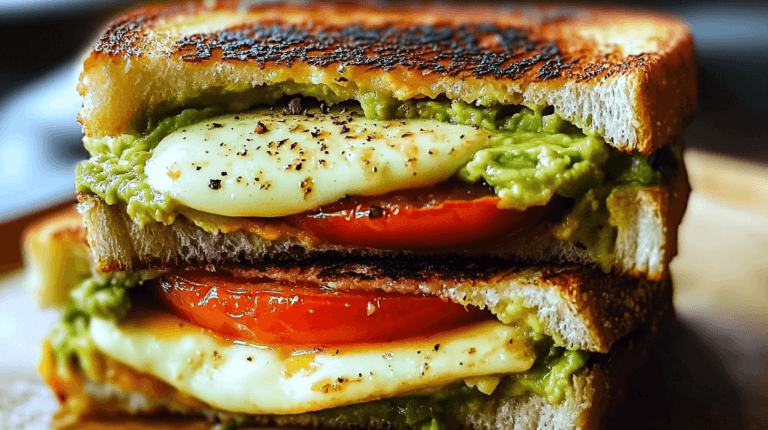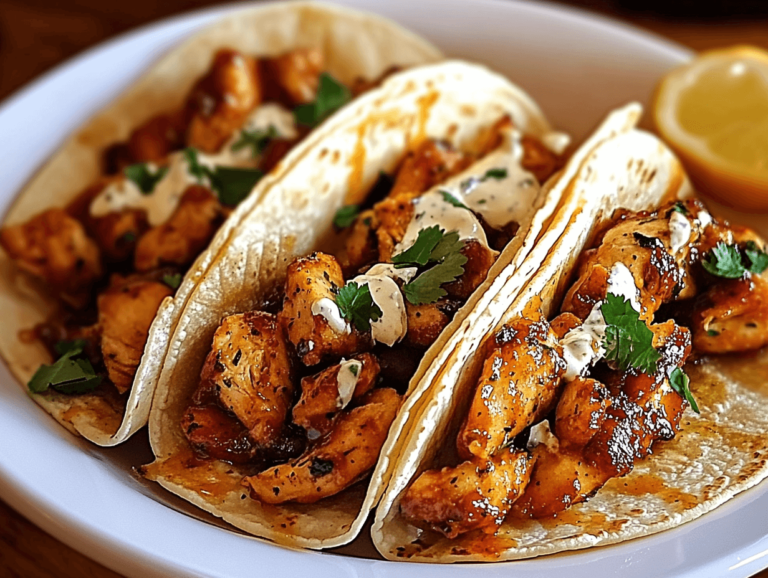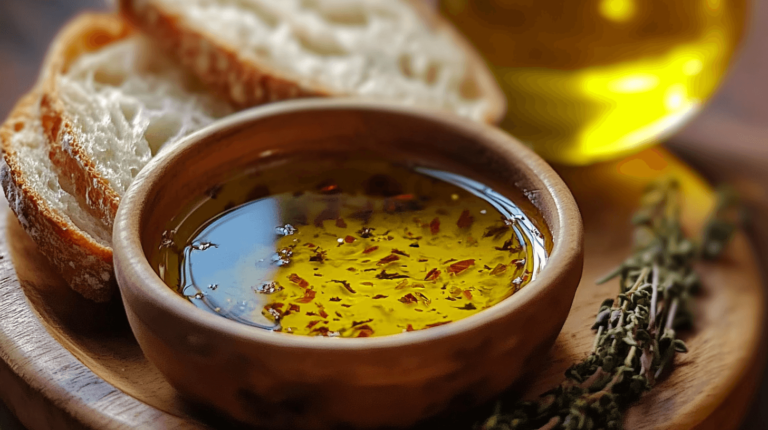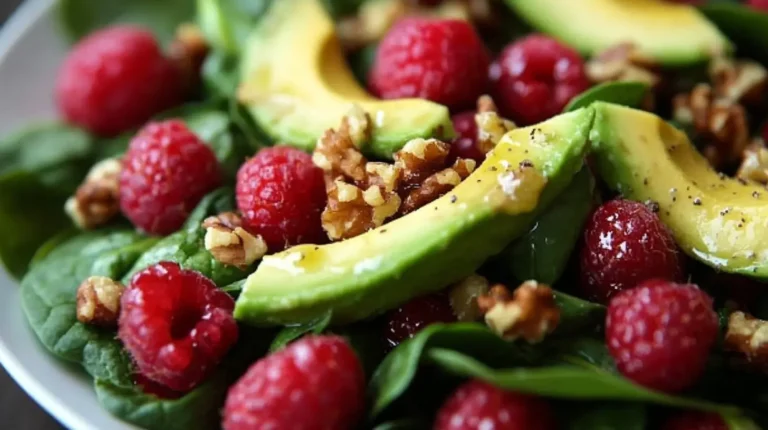10-Minute Magic: Best Homemade Cheese Recipe That Will Blow Your Mind
Homemade Cheese Recipe
Cheese might seem like something only factories can perfect, but let’s bust that myth today. With just a few basic ingredients and a little kitchen magic, you can whip up fresh, creamy cheese right at home. The homemade cheese recipe we’re diving into is beginner-friendly, quick, and surprisingly satisfying—plus, it tastes amazing because you control every bit that goes into it.
Whether you’re craving a mild ricotta, a classic paneer, or a stretchy mozzarella, there’s a version for you. And the best part? You don’t need fancy tools or special bacteria—just milk, acid (like vinegar or lemon juice), and a bit of patience. That’s it!
Let’s get cheesy!
Homemade Cheese Recipe Step by Step (Table of Contents)
Introduction to Homemade Cheese Recipe
Making cheese at home can sound intimidating, but it’s a skill that dates back thousands of years—and it doesn’t require industrial equipment. The homemade cheese recipe you’re about to learn is rooted in simplicity. With the right guidance, it’s both achievable and incredibly rewarding.
Homemade cheese is fresher, free of preservatives, and offers flexibility in flavor, texture, and nutrition. Whether you’re lactose-intolerant, love DIY food projects, or just want to impress guests with your culinary talents, this guide has you covered.
Benefits of Making Cheese at Home
Why make your own cheese? Oh, where do we begin?
- Control over ingredients – Say goodbye to additives and unwanted preservatives.
- Custom flavors – Add herbs, spices, or even fruit to make it your own.
- Cost-effective – Especially if you buy milk in bulk.
- Satisfying experience – There’s something magical about turning milk into cheese with your own hands.
- Eco-friendly – Less packaging, fewer chemicals.
(continued in next message…)
Types of Homemade Cheese You Can Try
Homemade cheese isn’t a one-size-fits-all affair. There are several varieties you can try based on taste, texture, and purpose:
- Ricotta – Soft, creamy, and perfect for lasagna or desserts.
- Paneer – A firm Indian cheese, great for cooking and grilling.
- Mozzarella – Stretchy and melty, ideal for pizzas and caprese.
- Queso Blanco – A Latin American style cheese similar to paneer.
- Goat Cheese – Tangy and soft, excellent for salads and spreads.
Each has its own method, but the base principle remains: curdle milk, separate the curds, and enjoy!
Ingredients Needed for Homemade Cheese Recipe
Here’s what you’ll need to make basic cheese at home:
- 1 liter of full-fat milk (cow or buffalo milk is ideal)
- 2 tablespoons lemon juice or white vinegar
- A pinch of salt (optional, but enhances flavor)
- Cheesecloth or muslin cloth
- Colander
- Heavy-bottomed pot
No rare or expensive ingredients. Most are probably already in your kitchen!
Best Milk for Homemade Cheese Recipe
Your choice of milk can make or break your cheese:
- Whole milk (full-fat) yields creamier cheese.
- Raw milk (if legal and safe in your area) gives a richer taste.
- Avoid UHT milk – it won’t curdle properly due to high heat processing.
- Organic milk is a great choice for health-conscious folks.
The fresher the milk, the better the cheese.
Must-Have Tools for Cheese Making
While making cheese doesn’t require a lot of fancy equipment, a few tools can make your life easier:
- Thermometer (optional but useful)
- Large stainless-steel pot
- Cheesecloth or muslin
- Colander
- Slotted spoon
- Mixing bowl
- Rubber gloves (for kneading stretchy cheese)
Cleanliness is crucial when making cheese—always sterilize your tools before starting.
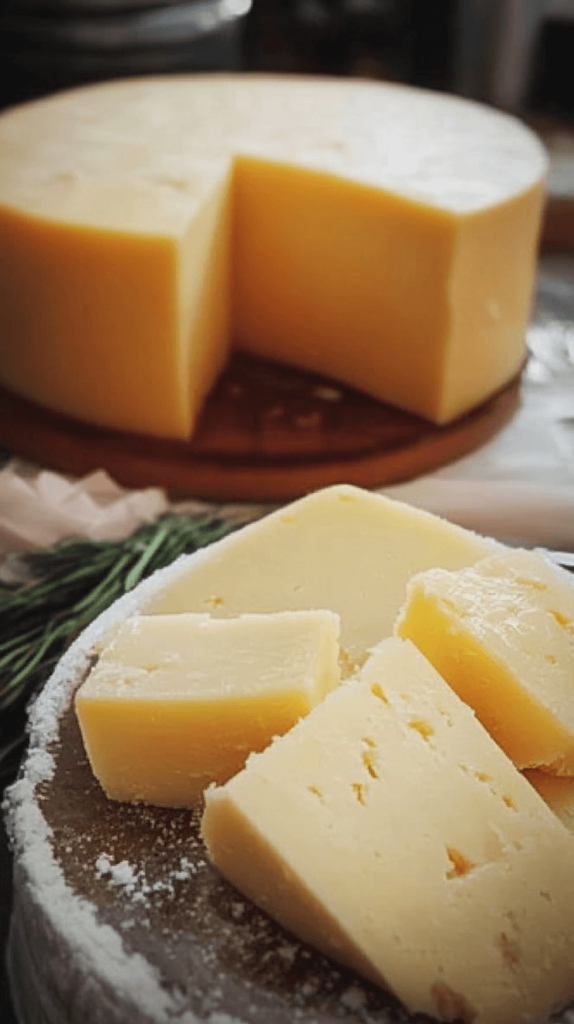
Step-by-Step Homemade Cheese Recipe
Here’s your go-to simple homemade cheese recipe (ideal for ricotta or paneer):
- Heat the milk: Pour the milk into a heavy pot and slowly bring it to a boil over medium heat, stirring occasionally to prevent burning.
- Add the acid: Once it starts bubbling, reduce the heat. Add lemon juice or vinegar gradually, stirring slowly.
- Watch the curds form: Within a minute or two, the milk will curdle, separating into white curds and yellowish whey.
- Let it sit: Turn off the heat and let it rest for 10 minutes.
- Strain the curds: Pour the mixture through a cheesecloth-lined colander over a large bowl. Save the whey for other recipes!
- Rinse and squeeze: Rinse the curds under cold water and gently squeeze out excess liquid.
- Press (for firmer cheese): For paneer or firmer cheese, tie the cloth and place a weight on top for 30-60 minutes.
- Salt and shape: Add salt to taste and mold into a block or crumble as needed.
Voilà! Fresh cheese made from scratch.
How to Make Ricotta Cheese at Home
Ricotta is possibly the easiest homemade cheese. Here’s how:
- Use whole milk and lemon juice/vinegar.
- Add cream if you want extra richness.
- Follow the basic steps above, but don’t press it—just drain well and enjoy fluffy, creamy curds.
Perfect for baking, stuffing, or spreading!
(More content coming in the next message…)
How to Make Paneer Cheese at Home
Paneer is a versatile Indian cheese that holds its shape when cooked—perfect for curries, grilling, or even kebabs.
Here’s a quick paneer method:
- Heat 1 liter full-fat milk and bring to a gentle boil.
- Stir in 2 tablespoons lemon juice.
- Once curds form, let it sit for 10 minutes.
- Strain through cheesecloth, rinse, and squeeze gently.
- Tie the cloth and place a heavy weight on top for 30–45 minutes to form a firm block.
- Cut into cubes and refrigerate.
Paneer is mild, soft, and absorbs flavors beautifully.
How to Make Mozzarella Cheese at Home
Making mozzarella is a slightly advanced step, but totally worth it for pizza night.
- Use non-homogenized milk if possible.
- Heat to 90°F (32°C) and add citric acid and rennet.
- Curds will form—cut and heat again gently.
- Drain, then knead and stretch the curd in hot water until elastic.
- Shape into balls and cool in salted water.
Homemade mozzarella is stretchy, shiny, and utterly satisfying.
How to Flavor Homemade Cheese
Cheese is your blank canvas. Here’s how to jazz it up:
- Herbs: Dill, rosemary, thyme, or chives
- Spices: Crushed pepper, paprika, or garlic
- Mix-ins: Sun-dried tomatoes, olives, or caramelized onions
Mix these in after draining the curds, right before shaping the cheese.
Tips for Creamier Homemade Cheese
Want your cheese to melt in your mouth?
- Use high-fat milk (or add a bit of cream)
- Don’t overcook the curds
- Stir gently to avoid breaking them down
- Press lightly—overpressing squeezes out creaminess
What to Avoid in Homemade Cheese Recipe
Avoid these mistakes for the best results:
- Boiling the milk too hard – it can scorch or split unevenly
- Using the wrong acid – strong acids can make the cheese rubbery
- Skipping the rest time – curds need time to form fully
- Not rinsing the curds – especially for lemon-based cheese, or it may taste too sour
How Long Does Homemade Cheese Last?
- Soft cheeses (like ricotta): 3–5 days in the fridge
- Paneer/Mozzarella: Up to a week
- Harder cheeses (if aged): Up to 2–3 weeks, depending on how it’s stored
Keep in an airtight container or wrapped in parchment paper in the fridge.
Can You Freeze Homemade Cheese?
Yes—but with a few caveats:
- Soft cheeses may become grainy or crumbly after thawing.
- Paneer and mozzarella freeze well if wrapped tightly and stored properly.
- Always thaw slowly in the fridge before using.
Is Homemade Cheese Healthier?
Absolutely—because you’re in control.
- No preservatives, fillers, or hidden sugars
- Lower sodium if desired
- High in calcium and protein
- Ideal for lactose-sensitive folks (especially paneer)
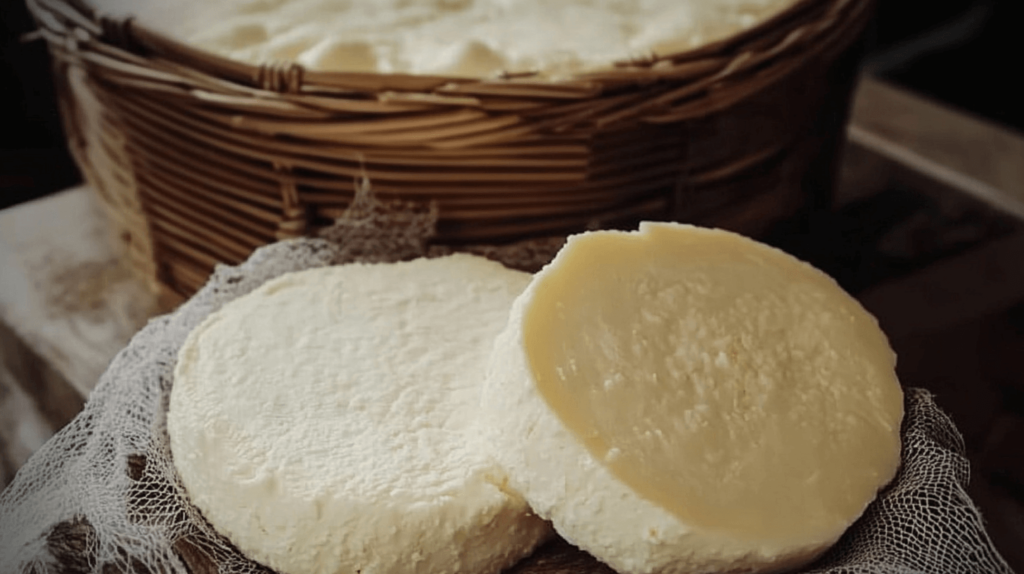
Serving Suggestions for Homemade Cheese
There’s no wrong way to enjoy it, but here are ideas:
Mix into pasta dishes
Spread ricotta on toast with honey
Grill paneer with tikka seasoning
Melt mozzarella on homemade pizza
Toss chunks into salads
Pairing Cheese with Wine or Bread
Pairing your homemade cheese with the right wine or bread can elevate it to gourmet status:
- Ricotta – Pair with crusty sourdough and a light Pinot Grigio
- Paneer – Goes well with garlic naan or roti; try a semi-dry Riesling
- Mozzarella – Loves ciabatta and tomatoes; pair with a classic Chianti or Sauvignon Blanc
- Herbed cheese – Best with multigrain bread and a crisp white wine
Experiment and trust your taste buds!
Can Vegans Make Cheese at Home?
Yes! Vegan cheese has come a long way and you can make it easily at home with plant-based ingredients:
- Cashews, almonds, or soy form the base
- Use nutritional yeast for a cheesy flavor
- Add agar-agar or tapioca starch for stretchiness
- Flavor with garlic, onion powder, or herbs
The result? Delicious, creamy vegan cheese without any dairy.
Homemade Vegan Cheese Recipe
Here’s a quick vegan cheese version:
Ingredients:
- 1 cup soaked cashews
- 2 tablespoons nutritional yeast
- 1 teaspoon lemon juice
- ½ teaspoon garlic powder
- Salt to taste
- ½ cup water
- 1 tablespoon tapioca starch (for stretch)
Instructions:
- Blend all ingredients until smooth
- Cook over medium heat, stirring constantly until stretchy
- Pour into a mold and chill
It’s perfect for spreading or melting!
How to Store Homemade Cheese Properly
Storage can make or break your cheese:
- Wrap cheese in parchment or wax paper, then place in an airtight container
- Store in the vegetable drawer of your fridge (cool, not freezing)
- Change wrapping every 2 days for longer-lasting cheese
Avoid plastic wrap—it can trap moisture and promote mold.
Best Containers for Cheese Storage
- Glass containers with lids – Ideal for soft cheese
- Cheese paper or parchment paper – Allows it to breathe
- Beeswax wraps – Eco-friendly and breathable
- Vacuum-sealed bags (for long-term storage)
Troubleshooting Cheese Problems
Too soft or watery? You may not have drained it enough.
Tastes sour? Could be too much acid or not rinsing the curds.
Crumbly texture? Might be due to overcooking or not enough fat in the milk.
Don’t worry—every batch helps you learn!
Homemade Cheese for Beginners
If it’s your first time:
- Start with ricotta or paneer – they’re easiest
- Use whole milk and lemon juice
- Follow the steps carefully and don’t rush
You’ll be surprised how simple and satisfying it is.
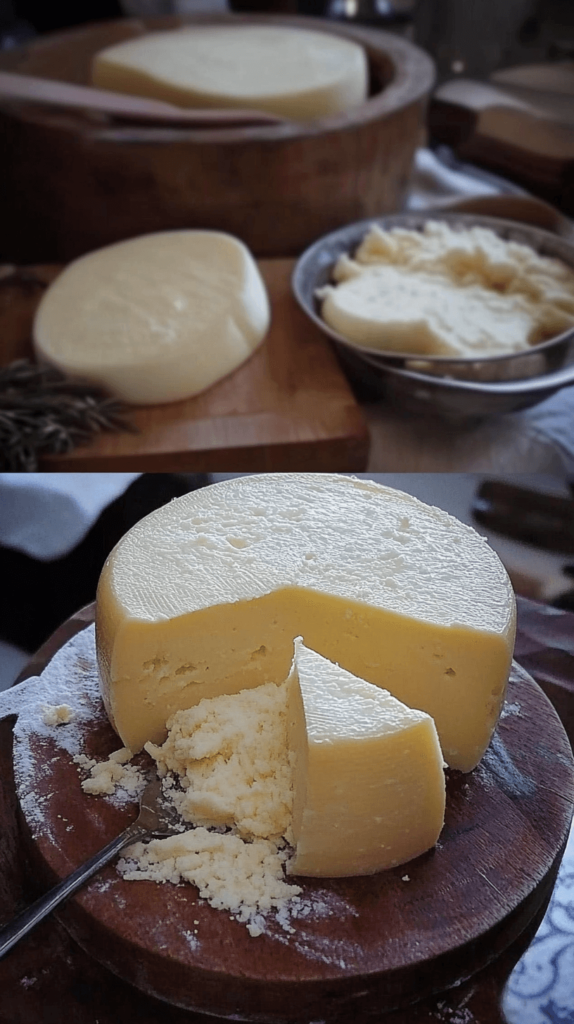
Cost Comparison: Store-Bought vs. Homemade Cheese
Let’s break it down:
| Type | Store-Bought Cost | Homemade Cost | Savings |
|---|---|---|---|
| Ricotta (250g) | $4–5 | $2 | ~$2.50 |
| Paneer (200g) | $5 | $1.50 | ~$3.50 |
| Mozzarella (250g) | $6 | $2.50 | ~$3.50 |
Plus, homemade means no preservatives, fresh taste, and creative control.
How to Use Whey Leftover from Cheese
Don’t throw it out—it’s liquid gold!
- Use in smoothies, soups, or breads
- Feed it to plants for extra nutrients
- Use as a broth substitute in cooking
- Make whey protein or use in fermenting
Is Homemade Cheese Safe for Kids?
Definitely!
- Use pasteurized milk
- Avoid strong flavors or spices for toddlers
- Make fun shapes or mild cubes as finger food
- Add to sandwiches, pasta, or grilled cheese
Always check for any milk allergies beforehand.
Cultural Cheese-Making Traditions
Every culture has its cheesy pride:
- India – Paneer
- Italy – Mozzarella & Ricotta
- France – Fromage Blanc
- Mexico – Queso Fresco
- Middle East – Labneh
Homemade cheese connects us to food heritage and tradition.
Cheese-Making Classes and Resources
Want to get deeper into cheese-making?
- Local culinary schools often offer cheese-making workshops
- Online platforms like Udemy or MasterClass have expert-led tutorials
- Books like “Home Cheese Making” by Ricki Carroll are invaluable
Final Thoughts on Homemade Cheese Recipe
There’s something deeply satisfying about crafting cheese with your own hands. The homemade cheese recipe is not just about food—it’s about experience, learning, and joy. From simple paneer to decadent mozzarella, every cheese tells a story. So go ahead, get curious, get creative, and most importantly, get cheesy!
FAQs
Is homemade cheese cheaper than store-bought?
Yes, especially in the long run. Basic cheese like paneer or ricotta can cost 50% less when made at home.
Can I make cheese without rennet?
Absolutely. Many cheeses like ricotta and paneer don’t require rennet—just acid like lemon juice or vinegar.
What is the best milk to use for homemade cheese?
Whole milk (non-UHT) works best. Raw milk gives rich flavor, but pasteurized is safer and still tasty.
How can I make my cheese firmer?
Press it longer and remove more whey. Firmer cheese also benefits from a bit of chilling before use.
Can I use flavored milk for making cheese?
Nope! Flavored or sweetened milk will interfere with curdling and taste odd.
What can I do with leftover whey?
Use it in smoothies, soups, breads, or even water your plants—it’s nutritious and eco-friendly.
